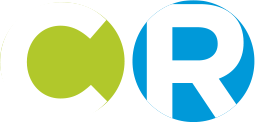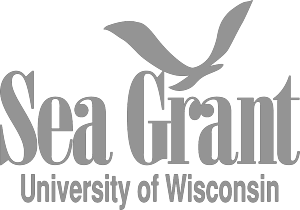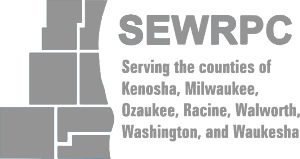Resources will be produced to provide education and guidance on resilient practices for bluffs, beaches and waterfront infrastructure. They are described below. Additionally, you will find a list of complementary resources within each webpage.
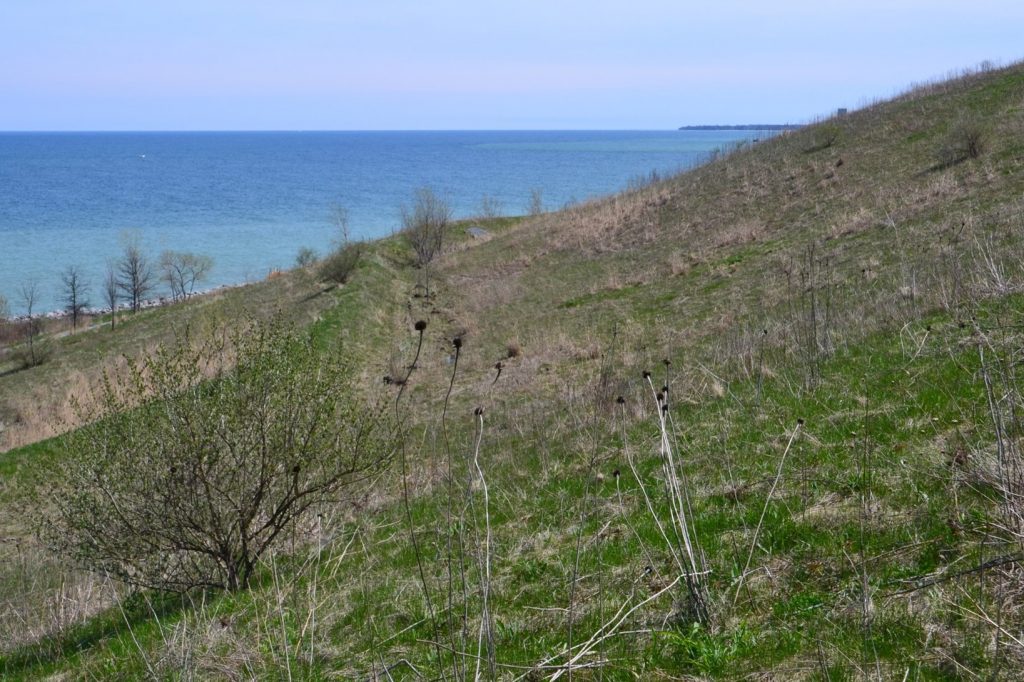 Property Owner’s Guide to Protecting Your Bluff
Property Owner’s Guide to Protecting Your Bluff
This document explains best practices that property owners can take to care for their bluffs, including bluff top and toe protection, informed site usage, proper water drainage and stabilizing vegetation. Click the title to find out more about the guide as well as a list of related resources.
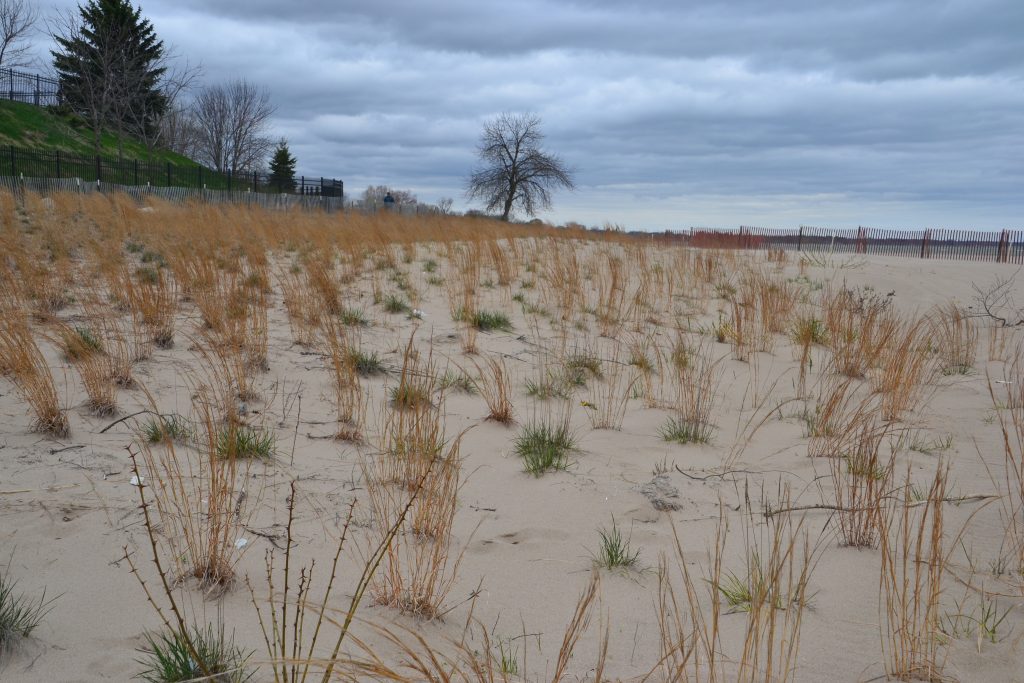 Nature-Based Shorelines for Wisconsin’s Great Lakes Coast
Nature-Based Shorelines for Wisconsin’s Great Lakes Coast
This publication describes shore protection and stabilization practices that incorporate elements of a natural shoreline into their design. Click the title to find out more about the guide as well as a list of related resources.
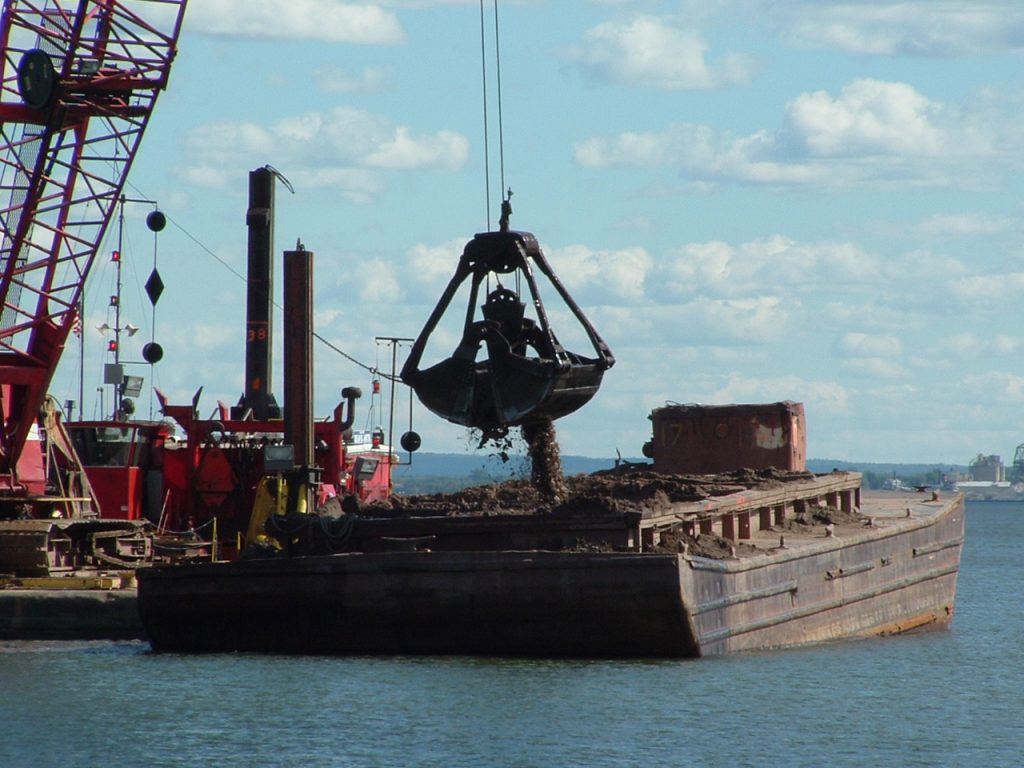
Great Lakes Port, Harbor, and Infrastructure Cost Matrix and Dredging Contract Database
This tool lays out a framework for smaller harbors and marinas to estimate future maintenance costs due to dredging and storm damage to support resilience planning at these facilities. This tool will be based on an existing matrix tool geared towards large ports. Click the link above to find more coastal infrastructure-related guidelines, strategies, and best practices. Click the title to find out more about the tool as well as a list of related resources.
Resilient Beach Practices Guide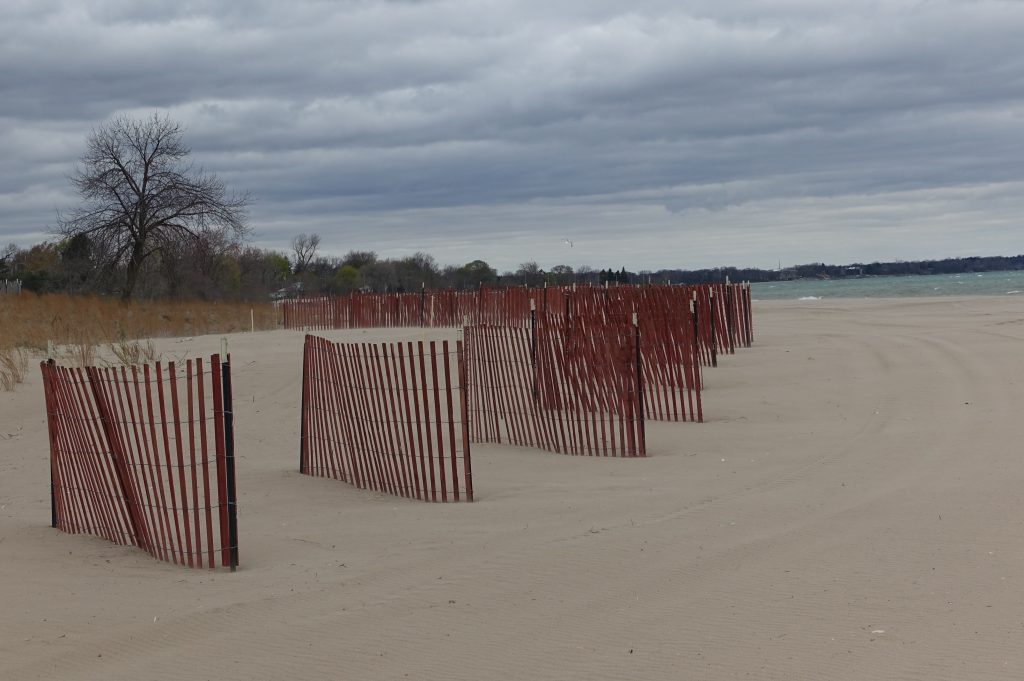
This document will provide guidance on the practical considerations involved in restoring and maintaining beaches to withstand the high-energy, storm-driven wave environment of the Great Lakes. Click the title to find out more about the guide as well as a list of related resources.
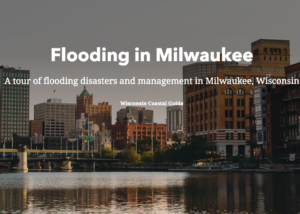
Great Lakes Quests are virtual learning activities about coastal issues and places in Wisconsin. An interactive ArcGIS StoryMap interspersed with text, images, and videos, and links to deeper web content provide a narrative about coastal resilience issues affecting the Lake Michigan coast of southeastern Wisconsin. The “quest” is to answer questions that reveal clues towards solving a word or phrase that is significant to the coastal issues and place. Wisconsin Sea Grant and the Upham Woods Outdoor Learning Center collaborated to developed these inquiry- and place-based learning activities. Click the title to explore 6 quests related to coastal resilience.


